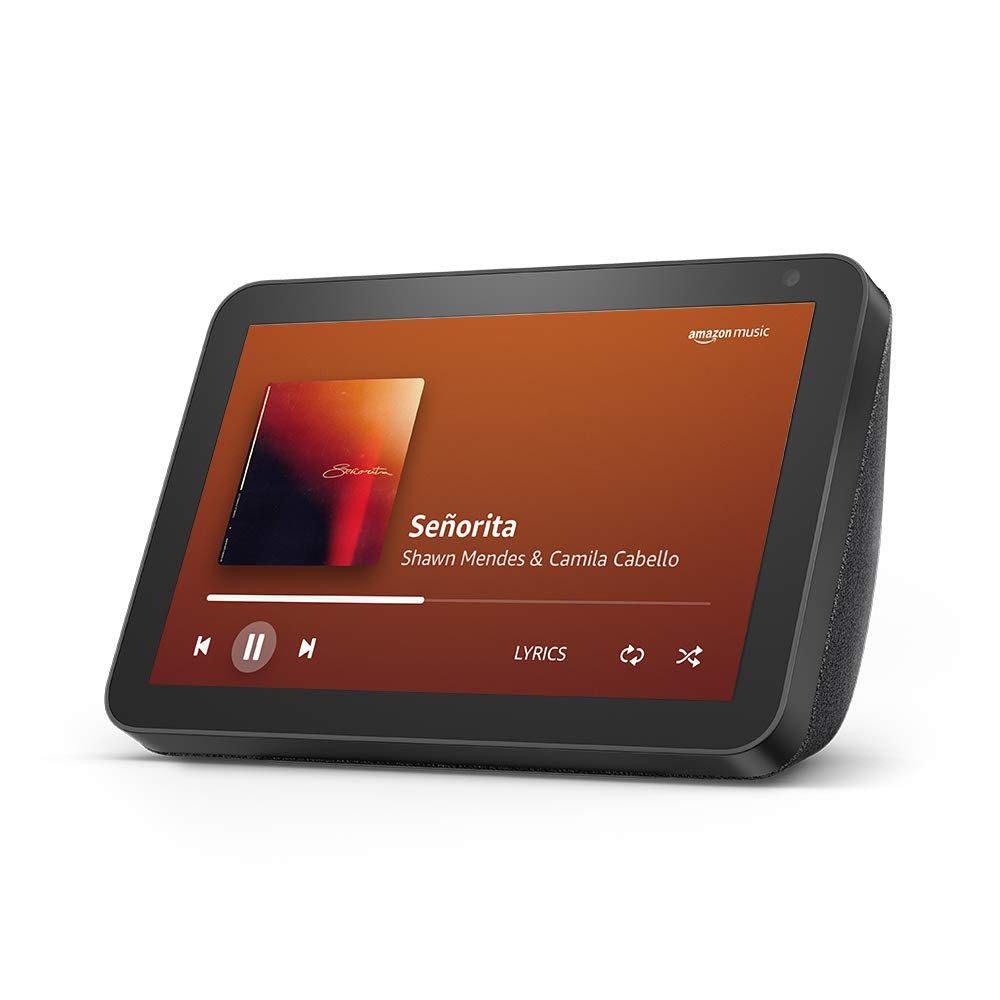The technological world is perhaps the most dynamic segment in the entire universe. One moment the world is behind the technology, and the other seconds it becomes Superannuated. Hold for The same logic works for the application world as well. In this Post we will discuss about Basic Introduction of “Decentralised applications” and its usage in near future.
Multiple languages, frameworks, and tech stacks are available. But the researchers (developers) are not cent Percent sure about A single technique that can produce the best outcomes.
Now you can lease the unused space on your hard disk to business houses and earn bucks in this manner. Does not it sound amazing? Even there are applications or social media platforms where users can store their private or Confidential information.

These Mobile applications are ten times most secured. There are lesser chances of data theft or hacking. With a Decentralized Blockchain network, you can unlock several opportunities. So far, we have seen the tip of the Iceberg.
Concept of the fifth Layer (Bitcoin)
Before we delve into details of decentralised applications, let’s talk about the Web and Bitcoin. With time we have witnessed the growth of the Web.
Internet-connected devices are expanding exponentially, which in turn increases the number of Internet users.
The communication standards set in the Internet Protocol Model seem well-organised.
Initially, the Link Layer places data on the cable, which gets routed by the Internet Layer. Data gets retained by the transport Layer.
Application Layer maintains data abstraction with the help of applications.
All the four layers work together for exchanging data. Bitcoin acts as the fifth layer of the Internet Protocol Suite.
It follows the standards of the other four protocols.
Pre-existing online payment mode involves slow and inefficient systems like ACH.
Automated Clearing House that got designed even before the Internet came into existence. But Machines don’t have to wait for the transactions to complete.
The advent of Bitcoin made decentralised and instant transactions possible.
Cryptocurrencies like Bitcoins form the fifth layer of the ISP suite. It helps the machines to transfer values as fast as possible.
Bitcoin is indeed a useful tool for fast data/value transfer.
Yet, usefulness lies in the underlying technology or the Blockchain. Blockchain made the concept of decentralized transactions come true.
Blockchain forms the replication of the transaction database in the Bitcoin layer.
It employs “proof-of-work”, preventing doubled spending in the network -a serious issue faced by researchers for years. Double-spending meant the serious problem that could spend the same amount twice.
“Proof-of-work” addresses this issue by incorporating miners in the network. Miners help to validate a transaction and track it via transaction history. There is a timestamped record of all transactions within the network.
Since Bitcoin has computational power more than the supercomputers available out there, attackers would face difficulties in evading the security of the network.
From the viewpoint of resources and workload, proof-of-work might appear to be expensive, but it’s the solution to Sybil attacks.
Successful Sybil attack on the Bitcoin network would result in devaluation of currency since people would no longer believe in its stability. It is an expensive solution, proof-of-work effectively thwarting Sybil attack to a certain extent.

Replicated transaction database or blockchain network found to be effective against Sybil attack. It helps to achieve decentralized transactions without the inclusion of a centralized server.
Welcome to the world of blockchains and decentralized applications. You might be thinking -What are Dapps? Well, you can describe it in several ways. For amateurs, This is a software application that is not owned or operated by a single authority. What is more interesting is that – a single authority cannot take over such an application.
Neither does it undergo downtime.
Decentralized applications are open-source programs that conduct transactions on the blockchains. Reading this article is a must to know more about Dapps, their utilities, and their significance.
Your questions will get answered. Here we will discuss the following topics:
What is a decentralized application?
What are the main attributes of decentralized applications?
What are the types of decentralized applications?
Advantages of decentralized applications over traditional applications
What is the function of the decentralized application?
What are the top software platforms for developing such applications?
Cost of developing deCentralised application.
The concept that evolves around Dapps is still in a nascent stage. It is not possible to define the decentralized application in a single line. There are no definite Terms to describe the attributes that differentiate Dapps from traditional applications. Applications should have the following characteristics to qualify as Dapps.
Amazon Echo Show 8 Review
E-commerce giant Amazon has truly impressed us with its Smart Display Series. Second
Generation Echo Show (Rs 8,999) offers powerful sound and is priced reasonably. Echo
Show comes with a 10-inch display…..
more info

Open Source
It is the most crucial aspect of decentralized application. As mentioned above, decentralized applications have an Autonomous governing system. Changes to the code get implemented according to the decisions taken by the majority of the users. The codebase of Decentralized applications remains Open-sourced for scrutiny.
Decentralized nature
as the name implies, decentralized applications store data in the blockchain network. All the records get Stored on a public ledger, guaranteeing that the control falls into decentralized authority.
Rewards
The application operates on a blockchain. Validators of records have cryptographic tokens or other digital assets carrying some value. Validators of the pp invest work on validating transactions and adding blocks.

Considering the above traits, Bitcoin deserves appreciation as it is the first decentralized application that got invented and developed. As mentioned above bitcoin is the self-sustaining network that validates and completes successful transactions. It does so without the help of intermediaries and Centralised authority.
What are the main types of decentralized applications?
Based on the blockchain model discussed above, there are three types of decentralized applications – Type I, Type II, and Type III.
Type I Decentralized application
Kind of decentralized application has its blockchain network. For instance, the Bitcoin. Crypto concurrencies having their blockchain n/w falls under the Type I category.
Type II Decentralised application
This category of decentralized application implements Type 1 decentralized application. Type 2 decentralized application exists in the form of protocols and required tokens for working. Omni protocol is perhaps the best example of a type 2 decentralized application.
Omni Protocol is a distributed trading that functions on top of blockchain networks. It facilitates “Trustless effortless, and Peerless” Transaction of date values without involving intermediaries or middlemen.Here is some good reference on Decentralised apps.
